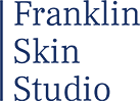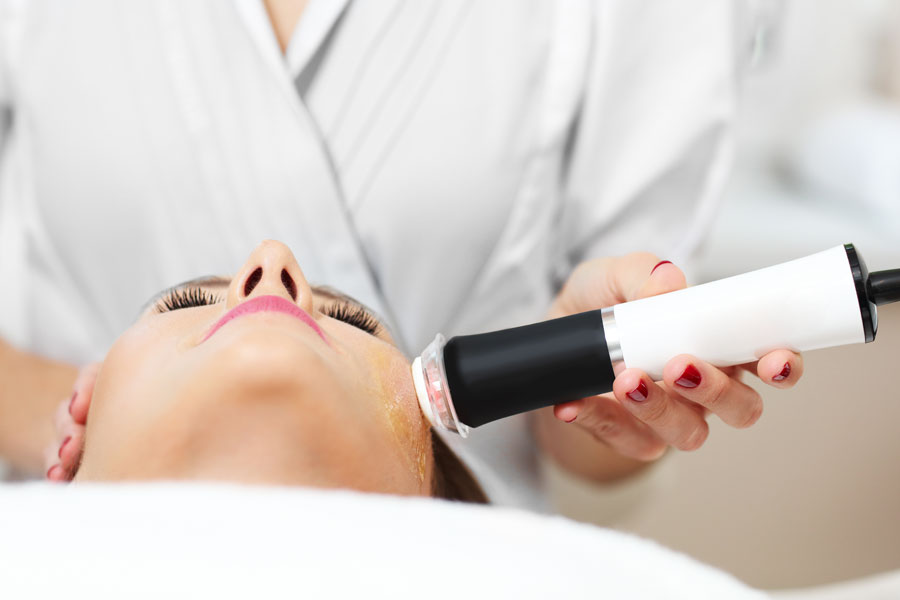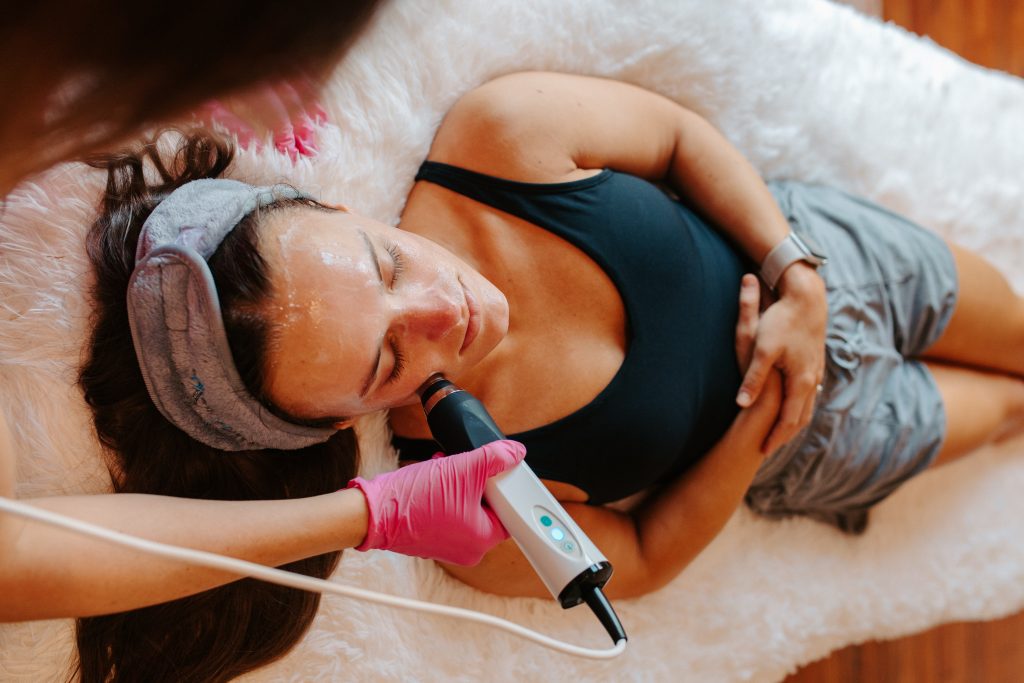How to Prepare for a Facial: Tips and Steps for Ultimate Skin Rejuvenation
Written by: Erin Sevigny
You’ve booked an appointment for a facial. You’re already daydreaming about how your skin will feel flawless and satin-soft after your treatment. But did you know how you prepare beforeyour facial also impacts your final result?
It’s true! Just as it’s best to prepare your body for a workout by stretching first, it’s always best to properly prep your skin before your facial treatment. But what is the ideal facial preparation process? Should I wash my face before a facial? What steps should you take to ensure the best possible experience?
These are the questions we’ll be answering today. Keep scrolling for all the details!
How To Prepare for a Facial
If you’ve been wondering what to do before a facial, it’s always a great idea to start with cleansing your skin. You want the surface of your skin to be completely free of makeup, dirt, or excess oil. But remember, there’s no need to use exfoliants or scrubs — a gentle cream or foam cleanser is all you need.
That is the most critical step required to prepare for facial treatments, but we have a couple more helpful pointers to ensure you get the best results possible.
Bring a List of Skincare Products
Providing your esthetician with a list of the products you use regularly is an excellent way to get expert advice on what your routine is lacking, what is likely working well for you, and what sorts of ingredients or formulas will improve your skin’s overall look and feel. Preparation is key for how to prepare for a facial.
What Not to Do Before a Facial
In addition to knowing how to prepare for a facial, it’s also important to know what notto do before your appointment. Here are a few professional recommendations to avoid in the days leading up to your treatment:
1.Excessive Sun Exposure
Sun damage can make your skin more prone to irritation and discomfort during treatment. We recommend avoiding direct sunlight or tanning solutions for at least five days before your appointment. If you must be in the sun, wear sunscreen with an SPF of 30 or higher.
2. Hair Removal Procedures
Avoid waxing, threading, electrolysis, and prescription hair removal creams for at least a week before your facial treatment. They increase the likelihood of adverse reactions like swelling, redness, and burning sensations.
3. Additional Skincare Treatments
Avoid cosmetic treatments like microdermabrasion, chemical peels, and laser resurfacing for at least two weeks before your facial appointment. The skin needs enough time to heal from these treatments before being introduced to new products or undergoing other treatments.
Have more questions about what not to do before a facial appointment? We encourage you to reach out. One of our friendly skincare specialists would happily guide you through the process.
What to Expect During a Facial
For those booking their first facial, what to expect can be a bit of a mystery. You may wonder if you’ll experience any discomfort, how long the treatment will take, or what techniques or methods will be used.
Here’s a complete guide on what to expect during a facial:
Skin Consultation
Every complexion is unique, so skin consultations are the first and most crucial esthetician facial steps. They’re a chance for your skincare specialist to connect with you, listen to your skin concerns, and tailor a treatment to your specific needs.
Cleansing
Cleansing is all about washing away impurities, makeup, and environmental stressors hiding beneath the skin’s surface. Your esthetician will select a nourishing, non-abrasive cleanser and use it to gently lather the entire face. This process opens your pores, clearing unwanted debris and allowing your skin to breathe freely.
Exfoliation
Exfoliation is a more intense form of cleansing that uses tiny, granular substances to scrub away dead skin cells, revealing a fresh and more radiant complexion. You may feel a slight tingling sensation during this portion of your treatment, but don’t worry — that means it’s working!
Extraction
Extraction is a skincare term for de-clogging pores and removing blackheads. To do this, your skincare specialist will apply a warm, steamy towel to your face to get your pores to fully open. Then, they’ll use professional tools to apply pressure around the pores and eliminate whiteheads, blackheads, or excess sebum.
Massage
This phase of your treatment is all about relaxation and soothing your skin. Your esthetician gently applies nourishing massage oil or cream to prevent inflammation and deeply moisturize the skin. They’ll use a series of soothing, rhythmic movements throughout the application, designed to enhance blood circulation, release muscle tension, and promote lymphatic drainage.
Mask
Prepare to drift away as you lay in serene silence, allowing your skin to soak up your personalized mask’s intense hydration and nourishing benefits. Your skincare specialist will delicately apply it using a feather-soft brush, preparing you for a state of deep relaxation. As the mask is being applied, you’ll notice a refreshing tingle or tightening sensation as it purifies, firms, and revitalizes your skin.
Treatment
Lasting approximately 15-30 minutes (depending on the type of facial you choose), the treatment phase of your facial is when your esthetician will select specialized products to target specific skin concerns. From serums to toners, anti-aging ingredients to acne prevention, you’ll receive a customized regimen for truly radiant results.
Pro Tips for After-Facial Care
We’ve discussed how to prepare for a facial. Now, let’s take a look at the best practices for keeping your skin healthy and glowing afteryour treatment.
Post-Facial Skincare Routine
Your at-home routine extends the care you receive during the professional facial. Nurturing your skin with the right products and practices prolongs the results achieved during your treatment.
Every post-facial skincare routine should include three core elements:
1. Cleanser
This is the foundation of any skincare routine. You must remove dust, bacteria, makeup, and other debris from your skin before completing any additional step. Choose a cleanser that suits your skin type — creamy for dry skin or gel-based for oilier complexions.
2. Toner
Toners are used after cleansing but before you apply a moisturizer. They restore the pH balance of your skin while reducing the appearance of pores and evening your overall complexion. Ensure your skin is dry before applying toner, and do not rinse your toner off after application. Allow it to fully absorb into the skin.
3. Moisturizer
Moisturizers should nourish and replenish the skin. It seals in existing hydration while protecting your skin from external elements like dry air, pollution, and UV rays — all known to dry out skin, leaving it rough and flaky. Moisturizers are the secret to a youthful, supple complexion that stands the test of time.
How Many Days Before an Event Should You Get a Facial?
Regarding how to prepare for a facial, giving yourself at least three days between your treatment and any public event is important. We advise increasing this timeframe to a week if you have a facial tailored to more severe concerns, like cystic acne or hyperpigmentation. Your skin will need this recovery period to fully settle and begin showing the benefits of your treatment.
Schedule Your Facial at Franklin Skin Studio
Ready to embrace the confidence of clear, fresh, and flawless skin? It all starts at Franklin Skin Studio. Book your appointment today and experience the power of personalized skin care treatments made just for you.


